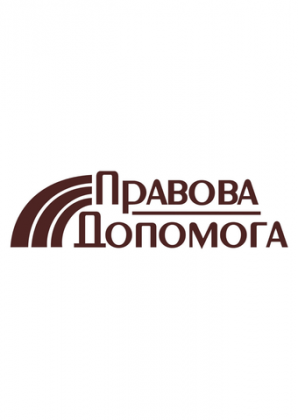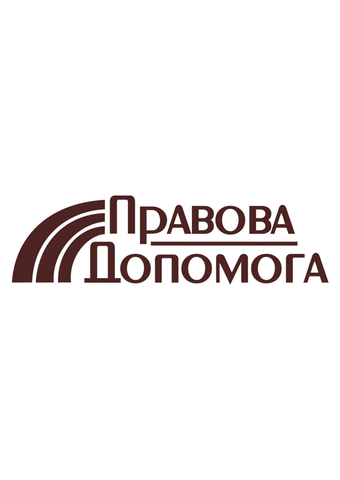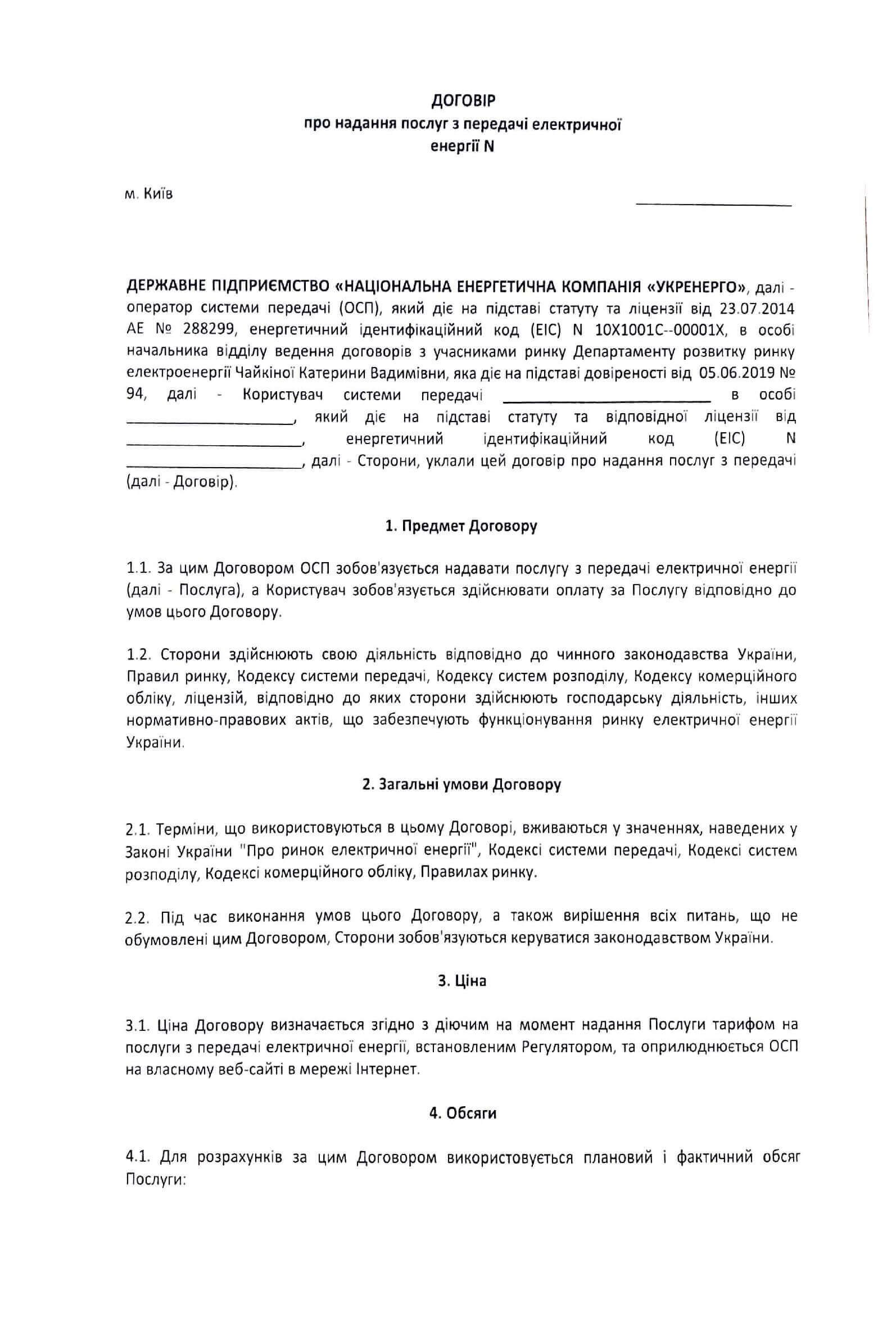Connection to electric networks: types, procedure, problematic issues
Cost of services:
Reviews of our Clients
... our work on joint projects assured us of your high level of professionalism
Electricity consumers often have a need to connect new electrical installations to the power grid or to increase the permissible capacity of existing installations, for example, when retrofitting production facilities and complexes. This is done through the procedure for connecting to the power grid (hereinafter referred to as “connection”). The procedure also involves increasing the level of reliability, changing the voltage level and power supply scheme.
In most cases, the connection is carried out to the networks of a distribution system operator (hereinafter - the SO). The consumer must apply for this service and conclude the corresponding agreement.
In order to avoid delays with connection, imposing unreasonable conditions and making unlawful demands, the consumer must be aware of the regulatory documents that govern it.
Consumer’s ignorance and lack of information may result in your inability to start production due to a lack of power or a shortage of capacity caused by the failed or delayed connection.
Connections are divided into two types: standard and non-standard. The latter are further subdivided into turnkey connection and connection with customer’s design of its linear part. Linear part is the electrical network that must be built to perform the connection.
The above mentioned types cause the connection to the SO networks. However, under certain conditions, it can also be carried out in the network of another consumer (other than domestic). Such connection is regulated by a separate procedure and refers to non-standard.
The most comfortable procedure for the consumer is the standard connection, as it is fully performed by the SO. But there are certain restrictions regarding it: the connected power must not exceed 50 kW, and the distance – 300 m. All other connections are non-standard.
Connection does not include installation of metering devices.
You may also like: Electricity Supply License for a Hotel or Shopping Mall
Standard connection to the power grid.
The standard connection service is provided by the SO on the basis of a typical agreement, which is a public offer agreement, and includes the following steps:
- Filing of the application with the attached documents;
- Preparation and issuance of technical conditions, payment calculation and invoice;
- Payment of the bill by the consumer;
- Development of the project by the SO for the construction of the electric grid necessary for the connection;
- implementation of the SO work according to the project;
- Testing;
- Presentation of service provision notice by the SO.
The application, in addition to its name and details, must specify the type of connection, the data of the electrical installation (name, address, functional purpose), its mode of operation, the required capacity, level of reliability, voltage, etc.
The application shall be accompanied by:
- a document confirming the right of ownership or use of the electrical installation (copies);
- graphic materials indicating the electric installation, boundaries of the land plot and projected connection point (for new facilities);
- a feasibility study (if required by the Distribution System Code regulations).
Before filling out the application and preparing documents, the consumer should carefully read the procedure for filling out and get appropriate advice from the SO, because until the application and a complete list of documents are submitted correctly, the SO connection procedure will not be initiated.
Non-standard connection to the grid.
Service of non-standard connection is provided by the SO in accordance with the typical agreement on non-standard “turnkey” connection or with the customer’s design of its linear part, which is public.
Non-standard “turnkey” connection is performed by the SO according to the procedure provided for standard connection.
Please note! This type of connection is chosen by the customer, who wants to get “turnkey” service, but the required parameters of the connection exceed the restrictions set for the standard connection.
If customers decide to design the linear part themselves, they must ensure:
- project development;
- allocation of land plots for electric power facilities in favor of the SO.
Connection of other consumers to the power grids.
It differs from the above types by the fact that all issues of its implementation are resolved between the customer and the consumer, who authorized the connection. In this case, a tripartite contract is concluded. The application must be additionally accompanied by the technical decision of the specified consumer.
You may also like: Electricity Supply License for a Real Estate Developer
What is the cost of connecting to the power grid for a large consumer?
The cost of connection is calculated taking into account the rates approved by the National Energy and Utilities Regulatory Commission (NEURC). These rates determine the cost of connection of 1 kW of power and the construction of 1 meter of the linear part of the connection.
If the connection is standard, the cost is determined by the formula:
required capacity x appropriate rate.
If the connection is non-standard, “turnkey”, the formula will be as follows:
required capacity x corresponding rate + length of its linear part x corresponding rate.
If the connection is non-standard with the customer’s design of its linear part:
required capacity x corresponding rate + cost of construction of the linear part of the connection.
The cost of connection to the grid of another consumer is not established by the current legislation and depends on the conditions put forward by this consumer.
As an example, let’s determine the approximate cost of connection of two different objects located in the territory of licensed activity of PJSC OS “Lvivoblenergo” (Western areas of electrical networks):
Object No.1: Shop. Required permitted power is 20 kW. Distance to the networks of the operating system – 100 m. Voltage degree – 0,4 kV. Category of reliability of power supply – III. Three-phase connection.
Standard connection. Cost thereof – UAH 41,160 (including VAT). Calculated as follows:
Rate: 1,715 UAH/1kW without VAT.
20 kW*1,715 UAH/kW without VAT*1.2 = UAH 41,160 (including VAT).
Term of performance: up to 60 days.
Object No. 2: Manufacturing plant. Required permissible power is 500 kW. Distance to the networks of operating systems – 1000 m. Voltage degree - -6 kV. Category of reliability of power supply – III. Connection is carried out by an overhead line.
Non-standard “turnkey” connection. Its cost is UAH 2,131,200 (including VAT). Calculated as follows:
Rate for capacity: 1,758 UAH/kW without VAT.
Rate for the linear part: 897 UAH/1m without VAT.
(500 kW*1,758 UAH/kW without VAT + 1,000 m*897 UAH/ 1m without VAT)*1.2 = UAH 2,131?200 UAH (including VAT).
Term of performance: up to 280 days.
How long will it take to connect to the electricity grid?
The rules of the Distribution Systems Code (hereinafter – the DSC) establish different terms for connection, which depend on the type of connection and the capacity to be connected, and can range from 45 to 350 calendar days. We have given examples above.
These terms may be significantly affected by the terms of allocation of land for the device elements of electric grids.
Please note! If the SO fails to comply with the terms of service without a valid reason, the current legislation provides for the application of penalties to it. This is the provision of the consumer with a discount on payment for connection, the amount of which depends on the number of days exceeding the approved deadlines.
To reduce the time, the consumer can independently deal with the allocation of the mentioned land plots and the design of the linear part. Our experts can significantly help in this issue.
Problematic aspects of the procedure of connecting to the power grid.
Problematic issues during the connection procedure are as follows:
- refusal of the SO to accept the application on the grounds of its incorrect completion or deficiencies in the attached documents;
- making unreasonable comments and demands;
- provision of technical specifications with unreasonable requirements;
- submission of ungrounded comments on the design and estimate documentation;
- failure to meet deadlines, etc.
As an example, here are some problematic issues encountered by our specialists:
- refusal of the operating system to accept the package of documents for registration, which delayed the beginning of its consideration (and, accordingly, the beginning of the accession procedure) for several weeks. It was solved by sending a package of documents by mail with a description of sending and notification of receipt;
- the delay in executing the accession. Resolved by appealing to the NEURC;
- imposing the connection type, which was more convenient for the SO, but did not satisfy the consumer. Resolved by appealing to the NEURC;
- indication of unreasonable requirements in the technical conditions. In particular, the definition of their point of power supply, which satisfied the SO, but prompted the consumer to excessive financial costs. This was resolved by appealing to the State Power Supply Inspectorate;
- difficulties posed by the SO to connect the consumer to the electricity grids of another consumer. Resolved by appealing to the NEURC.
Regulatory authorities, where the consumer can complain about the misconduct of the SO.
The NEURC – the compliance with the SO procedure and deadlines for providing the service.
The State Power Supply Inspectorate – the validity of the technical conditions provided by the SO.
Antimonopoly Committee of Ukraine – the compliance of the SO with the antimonopoly legislation.
Connection to the power grids during martial law.
During martial law, the NEURC approved a temporary procedure for connection, the rules of which will be described in the next publication. But, after the end of martial law, all connections made under the temporary procedure must be brought into compliance with the above procedure stipulated by the DSC.
The above procedure is one of the most complicated in the electricity market. But our specialists have experience in assisting with its steps, which, among other things, includes:
- Consulting;
- Filling out necessary documents;
- Monitoring of their review;
- Analysis of responses and documents offered for signature;
- Drawing up complaints;
- Opinion on the terms of the proposed agreements, etc.
Please check the consultation fees here.
Please check the service fees for the electricity market participants here.





